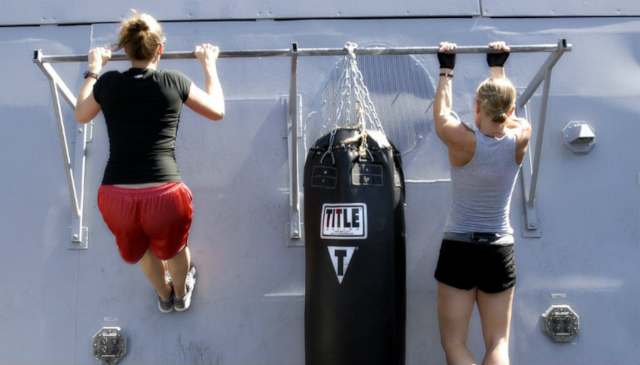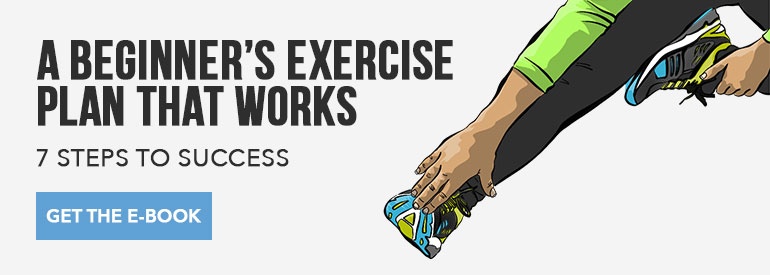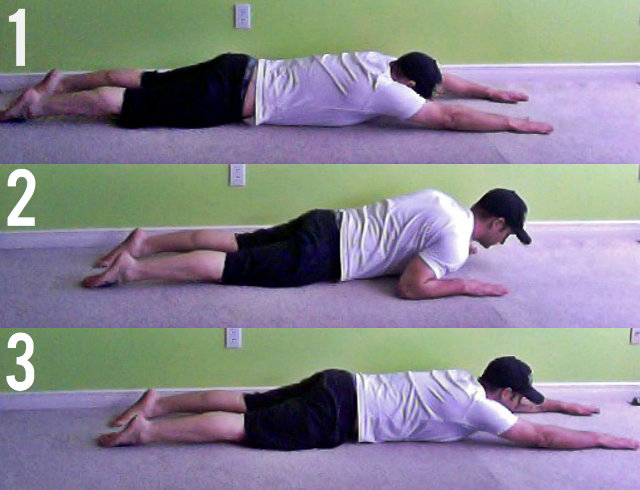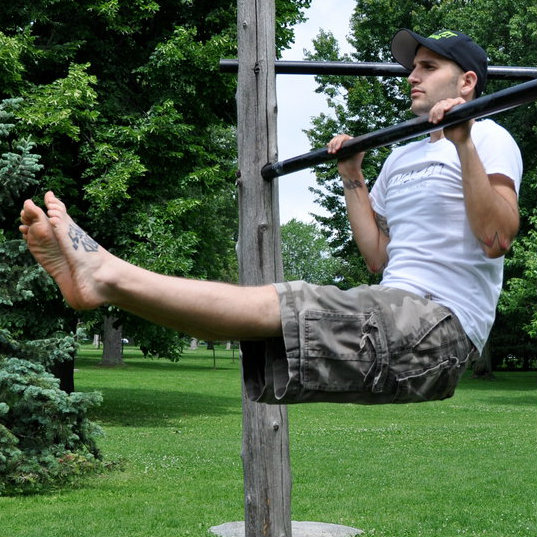 Reading Time: 3 minutes
Reading Time: 3 minutesVertical pulling should be part of any well-balanced training routine. If you’re performing a push or a press, you must balance it with a horizontal or vertical pull. By balancing out these movements you’ll maintain and/or improve your shoulder health and avoid muscle imbalances and injury.
But what if you can’t do pull-ups yet?
Don’t worry, you’re actually in good company. Many people who have recently begun training, and even some experienced trainees, can’t yet perform a pull-up. That doesn’t give you an excuse to skip the vertical pull, though. After all, you need to have variety in your movements.

I know, I know — now you’re thinking, but I don’t have access to a pull-up bar anyway, right? So what should you do if you can’t perform a pull-up, don’t have easy access to a pull-up bar, or both?
The answer: the dead man’s crawl.
Today, I’ll be teaching you this exercise, which also sometimes goes by the name of “mat cleaners.” It’s a bodyweight movement that requires zero equipment and helps you develop vertical pulling strength and mobility. It’s a great introduction to vertical pulling for those who can’t perform a chin up or pull up, but it can also be used by trainees who can already perform chin-ups and pull-ups and just don’t have a bar handy.
The Dead Man’s Crawl
The dead man’s crawl is a unique vertical pulling exercise and core strengthening technique. I first learned this crawl during my childhood when I began my training in the martial arts. It was used often during calisthenics-based workouts with the intention of improving our conditioning and balancing our pushing exercises.
This exercise is best done with pants, or with a towel laid under your knees, and not in shorts (as pictured). This will help prevent rubs and friction burns on your knees and legs.
Instructions:
- Start lying face down on the floor.
- Extend your arms overhead, shoulder width apart, with your shoulders hugging your ears.
- Your legs should be straight, hip width apart, and your toes should be pointed.
- Keep your spine flat and avoid pulling your head up and back.
- Press your palms, forearms, and elbows deep into the floor.
- Brace your abs, low back, glutes, and calves and keep your toes pointed hard.
- At the same time, keeping your fingers outstretched, pull yourself forward, keeping your hands in place, and drag your body across the ground
- Continue to pull yourself forward until your elbows are at the sides of your rib cage.
That’s one rep.
You can make the dead man’s crawl a part of your training in a multitude of ways. Depending on your fitness level you could try any of the following:
- Crawling for 40 seconds, resting for 20 seconds, repeating 5-10x
- Crawling for 10-20 feet, resting for 30 seconds, repeating 3-4x
- Crawling for reps, 10-20 reps
Get Better at Pull-ups Even When You Can’t Do Pull-ups
The more you build your knowledge of minimalist training and bodyweight-based exercise, the more you’ll liberate yourself from road blocks and excuses keeping you from exercise. Don’t let the inability to perform a pull-up keep you from training your vertical pull. The dead man’s crawl closely resembles the pull-up and requires similar shoulder mobility and core activation – all without the need for a pull-up bar or the strength to perform a pull-up.
Not to mention, if you start training the dead man’s crawl today, you’ll be on your way to performing your first pull up before you know it.








